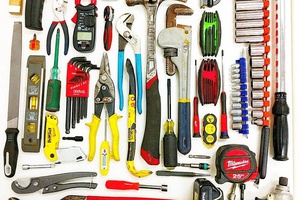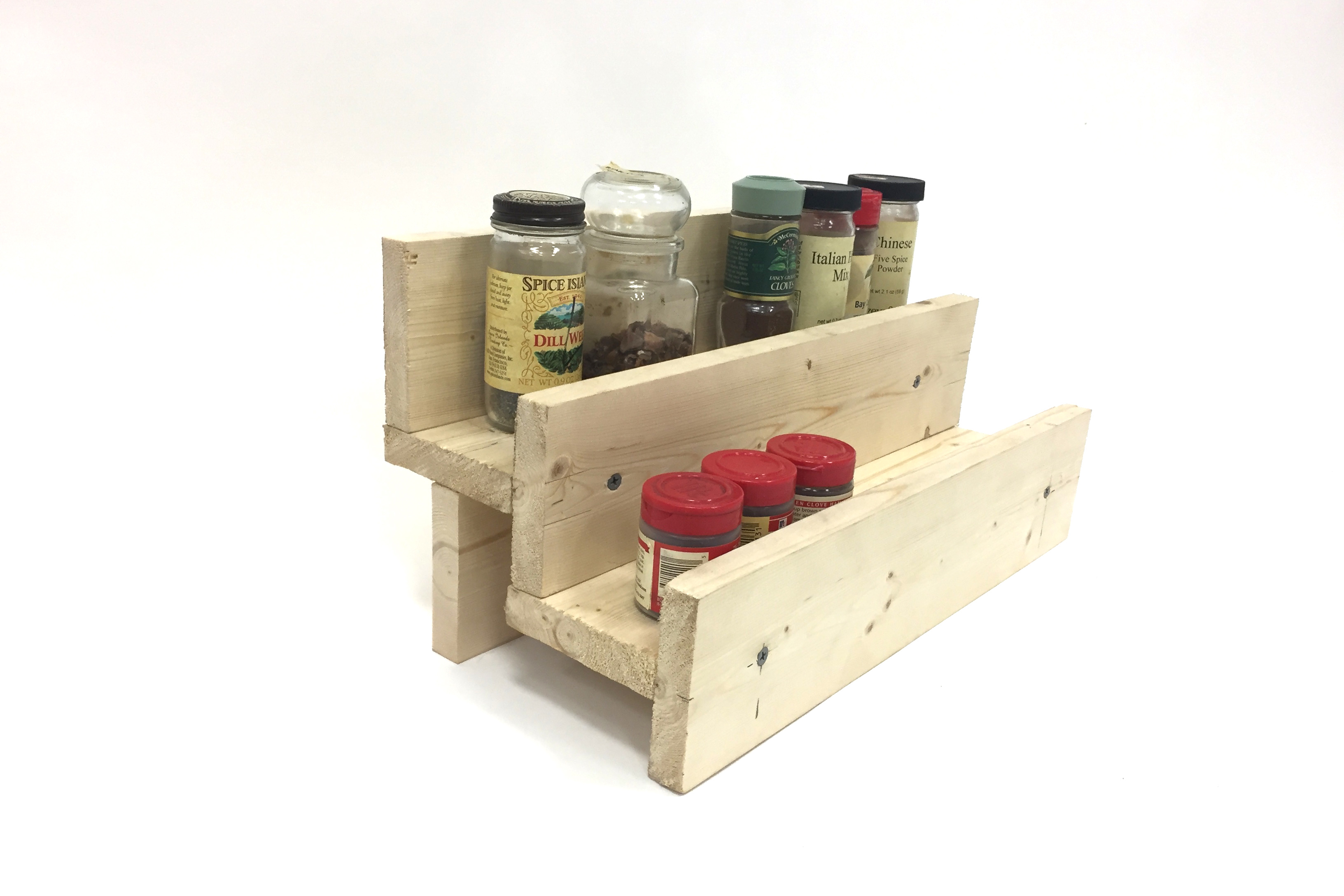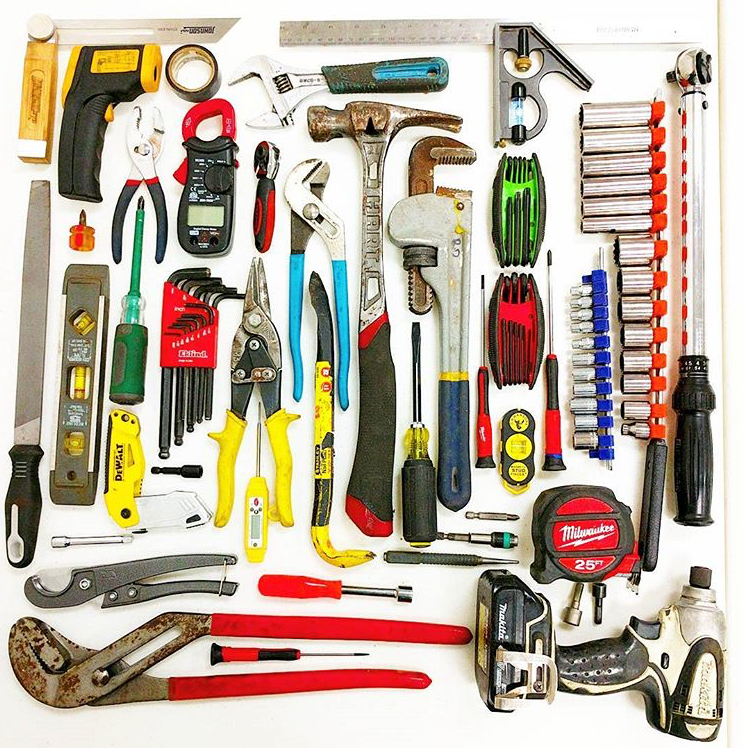
We've added a new workshop - Hand Tool Basics! I interviewed Ronnie, who developed the workshop, to get the inside scoop.
What's going to be covered in the Hand Tool Basics workshop?
Frequently used tools like hammers, screwdrivers, and drills, as well as very useful specialized tools, like stud finders, tubing cutters, and speed squares.
Who is the workshop for? Just beginners?!
It is for beginners, but I'm positive there will be useful info for hobbyists as well. I have spent the last 20 years using tools for a living every day, so I've picked up a few useful tricks that improve results and can really save time and frustration.
Why is it important for people to be able to use hand tools?
Hand tools are the building blocks for making and maintaining everything around us. Understanding what can be done will open up new possibilities and ways of thinking about the world, and can help make you a more informed consumer of services when you're hiring someone else to do work for you.

What's your favorite hand tool?
I have a lot of tools that I'm strangely passionate about, but if I had to pick one, my 8 year old Makita impact driver. It just feels good to hold in your hand, and it's just super useful. I've used it daily for years (and not gently either) and it just won't die. I thought I lost it last year and I was crestfallen, not because I couldn't replace it, but because I am curious how long it will continue to last!
What are you using hand tools for on a day to day basis?
Disassembling and repairing machinery at the lab, doing electrical and plumbing and hvac work, working on my own cars and motorcycles, building furniture for my apartment, doing work for family and friends, building my own little projects, you name it.
Tell us about the awesome photo....
I wanted to showcase the diversity of tools we would be talking about in a way that was interesting to look at. I like the constraint of only using my phone for photos, so I had to set up the shot to fit within the field of view of the camera.
I knolled the tools (knolling is the name for arranging things with parallel or 90 degree angles) in a way that encourages the eye to wind all around the image, which sort of imbues a static image with a sense of movement. Then I just did some post processing with instagram to compensate for the fluorescent overhead lighting in the room.
More info and sign up here!
